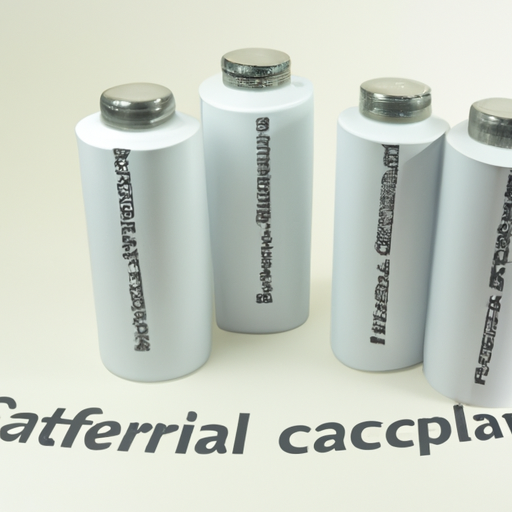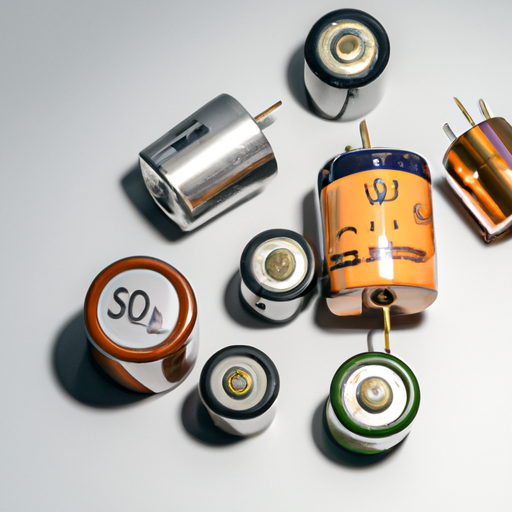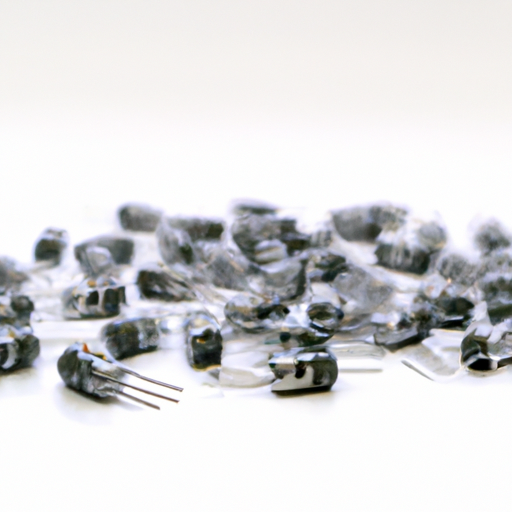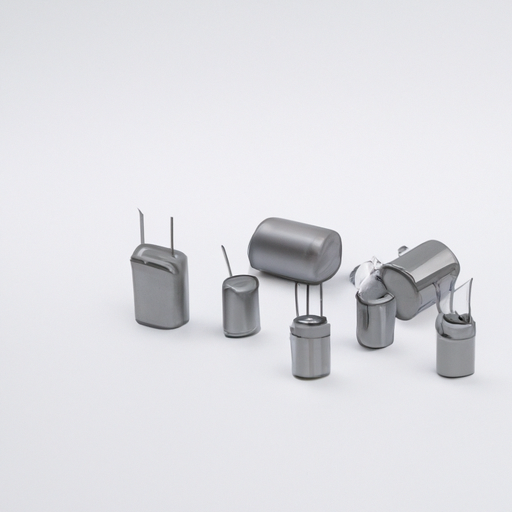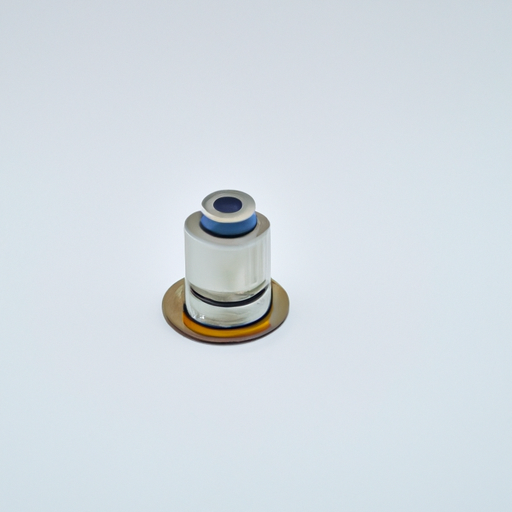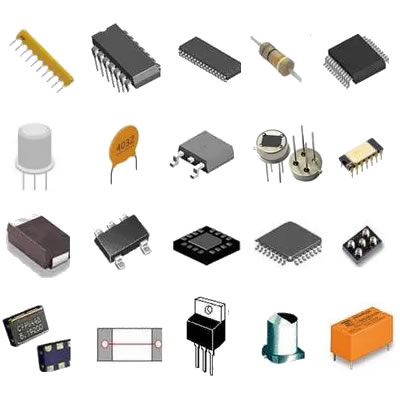What is the role of Capacitor Formula products in practical applications?
The Role of Capacitor Formula Products in Practical Applications
I. Introduction
Capacitors are fundamental components in electrical and electronic circuits, serving a variety of essential functions. Defined as passive electronic devices that store electrical energy in an electric field, capacitors play a crucial role in managing voltage and current in circuits. Their ability to store and release energy makes them indispensable in numerous applications, from power supply systems to signal processing. This blog post will explore the role of capacitor formula products, delving into their definitions, types, practical applications, innovations, challenges, and future trends.
II. Understanding Capacitor Formula Products
A. Explanation of Capacitor Formulas
At the heart of understanding capacitors are two key formulas:
1. **Capacitance (C = Q/V)**: This formula defines capacitance (C) as the ratio of the electric charge (Q) stored on one plate of the capacitor to the voltage (V) across the plates. The unit of capacitance is the farad (F), which indicates how much charge a capacitor can store per volt.
2. **Energy Stored in a Capacitor (E = 1/2 CV²)**: This formula calculates the energy (E) stored in a capacitor. It shows that the energy is proportional to the capacitance and the square of the voltage, highlighting the importance of both parameters in energy storage applications.
B. Types of Capacitors
Capacitors come in various types, each suited for specific applications:
1. **Electrolytic Capacitors**: Known for their high capacitance values, these capacitors are polarized and typically used in power supply applications for smoothing and filtering.
2. **Ceramic Capacitors**: These non-polarized capacitors are widely used in high-frequency applications due to their stability and low equivalent series resistance (ESR).
3. **Film Capacitors**: Made from thin plastic films, these capacitors are known for their reliability and are often used in audio and high-frequency applications.
4. **Tantalum Capacitors**: These capacitors offer high capacitance in a small package and are commonly used in portable electronics.
C. Key Specifications and Parameters
When selecting capacitors for specific applications, several key specifications must be considered:
1. **Capacitance Value**: The amount of charge a capacitor can store, which directly affects its performance in a circuit.
2. **Voltage Rating**: The maximum voltage a capacitor can handle before it risks breakdown or failure.
3. **Equivalent Series Resistance (ESR)**: A measure of the resistance a capacitor presents to alternating current, which affects its efficiency and heat generation.
4. **Temperature Coefficient**: Indicates how the capacitance value changes with temperature, which is crucial for applications in varying environmental conditions.
III. Practical Applications of Capacitor Formula Products
Capacitors are utilized in a wide range of practical applications, each leveraging their unique properties.
A. Power Supply Systems
In power supply systems, capacitors play a vital role in smoothing and filtering voltage fluctuations. They store energy during periods of high demand and release it when needed, ensuring a stable power supply. This energy storage capability is particularly important in renewable energy systems, where capacitors help manage the intermittent nature of sources like solar and wind.
B. Signal Processing
Capacitors are essential in signal processing applications, where they are used for coupling and decoupling signals. Coupling capacitors allow AC signals to pass while blocking DC components, which is crucial in audio and communication systems. Decoupling capacitors help filter out noise and stabilize voltage levels, ensuring clean and reliable signal transmission.
C. Timing Circuits
In timing circuits, capacitors work in conjunction with resistors to create RC timing circuits. These circuits are fundamental in generating time delays and oscillations, which are used in various applications, including timers, oscillators, and pulse generators.
D. Motor Start and Run Capacitors
Capacitors are critical in AC motors, where they provide the necessary phase shift to start and run the motor efficiently. Start capacitors give the motor an initial boost, while run capacitors improve efficiency and performance during operation. The use of capacitors in motors enhances their reliability and longevity.
E. Energy Storage Systems
Capacitors are increasingly being integrated into energy storage systems, particularly in renewable energy applications and electric vehicles. They can quickly store and release energy, making them ideal for applications that require rapid bursts of power, such as regenerative braking in electric vehicles.
IV. Innovations and Advancements in Capacitor Technology
The field of capacitor technology is continually evolving, with several notable innovations.
A. Development of Supercapacitors
Supercapacitors, also known as ultracapacitors, have emerged as a significant advancement in energy storage technology. They offer high energy density and rapid charge/discharge capabilities, making them suitable for applications requiring quick bursts of energy. Supercapacitors are increasingly used in electric vehicles, renewable energy systems, and backup power supplies.
B. Miniaturization and Integration in Circuits
As electronic devices become smaller and more compact, the demand for miniaturized capacitors has grown. Advances in manufacturing techniques have led to the development of smaller capacitors that can be integrated directly into circuit boards, reducing space and improving performance.
C. Environmental Considerations and Sustainable Practices
With growing awareness of environmental issues, capacitor manufacturers are focusing on sustainable practices. This includes developing capacitors with lower environmental impact, such as those that use less harmful materials and are more energy-efficient in their production and operation.
V. Challenges and Limitations
Despite their many advantages, capacitors face several challenges and limitations.
A. Voltage and Temperature Limitations
Capacitors have specific voltage and temperature ratings that must be adhered to in order to prevent failure. Exceeding these limits can lead to breakdown, leakage, or even catastrophic failure, which can compromise the entire circuit.
B. Aging and Degradation of Capacitors
Over time, capacitors can degrade due to factors such as temperature fluctuations, voltage stress, and environmental conditions. This aging process can lead to reduced capacitance and increased ESR, affecting the performance of the circuit.
C. Cost Considerations in High-Performance Applications
High-performance capacitors, such as those used in aerospace or medical applications, can be expensive. The cost of advanced materials and manufacturing processes can limit their widespread adoption in more cost-sensitive applications.
VI. Conclusion
In summary, capacitor formula products play a crucial role in modern electronics, serving a wide range of applications from power supply systems to signal processing and energy storage. Understanding the principles behind capacitors, their types, and their specifications is essential for engineers and designers working in the field. As technology continues to advance, innovations such as supercapacitors and miniaturization will further enhance the capabilities of capacitors, while challenges related to aging and cost will need to be addressed. The significance of capacitors in modern electronics cannot be overstated, as they remain integral to the functionality and efficiency of countless devices and systems. As we look to the future, the continued development of capacitor technology will undoubtedly play a pivotal role in shaping the next generation of electronic devices and systems.

